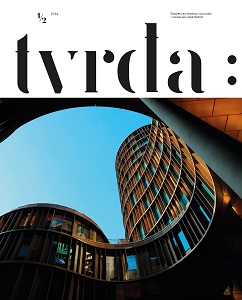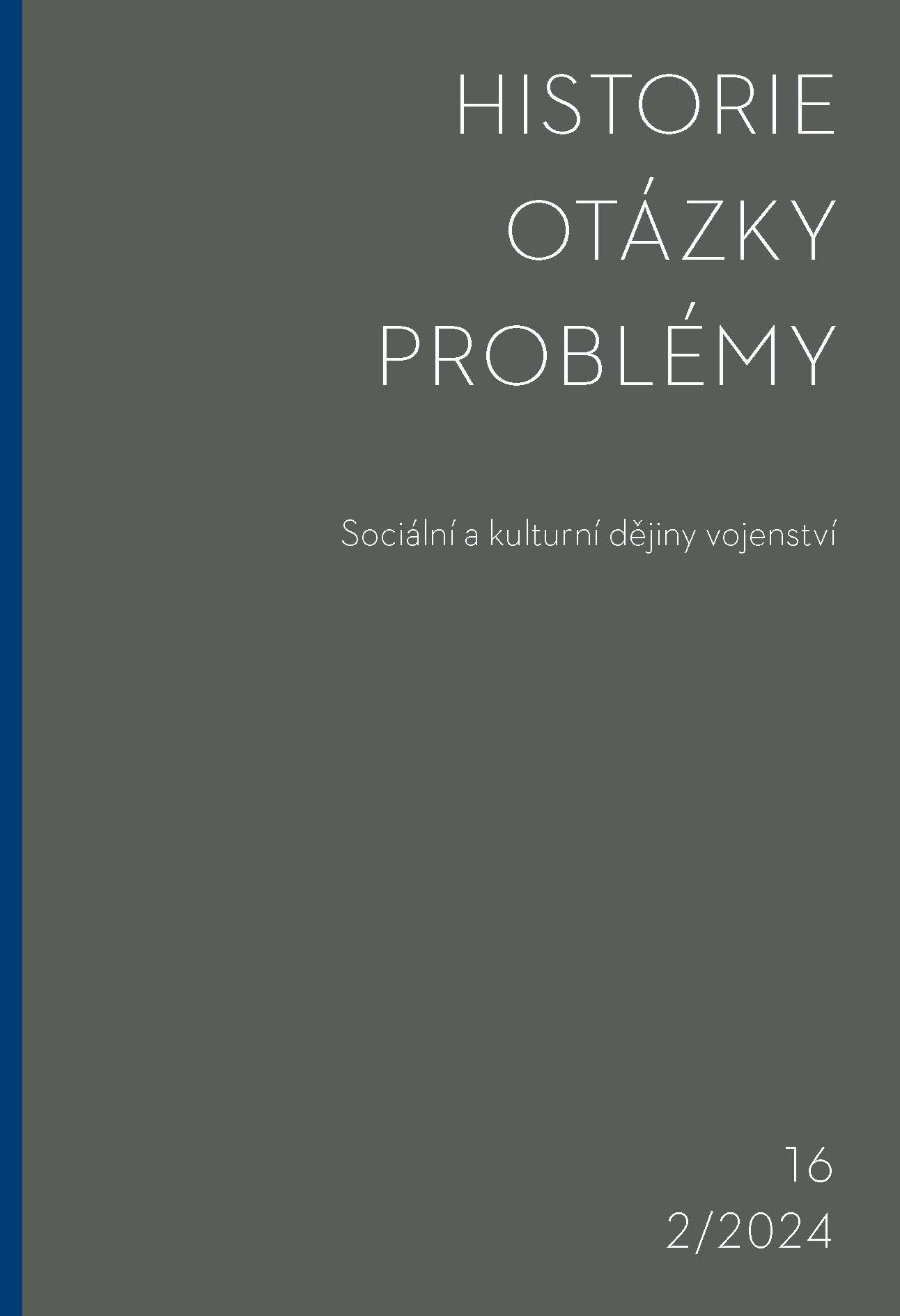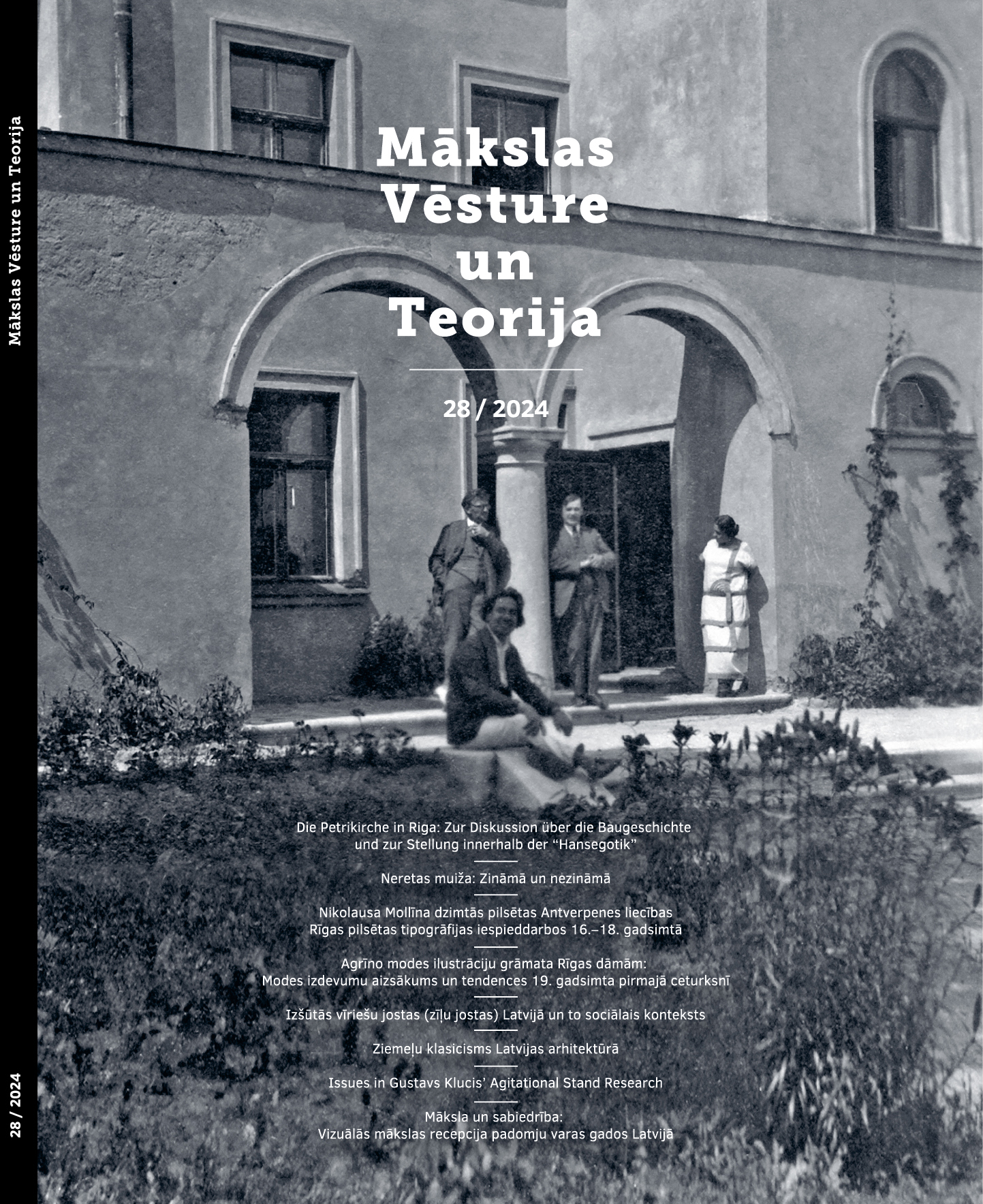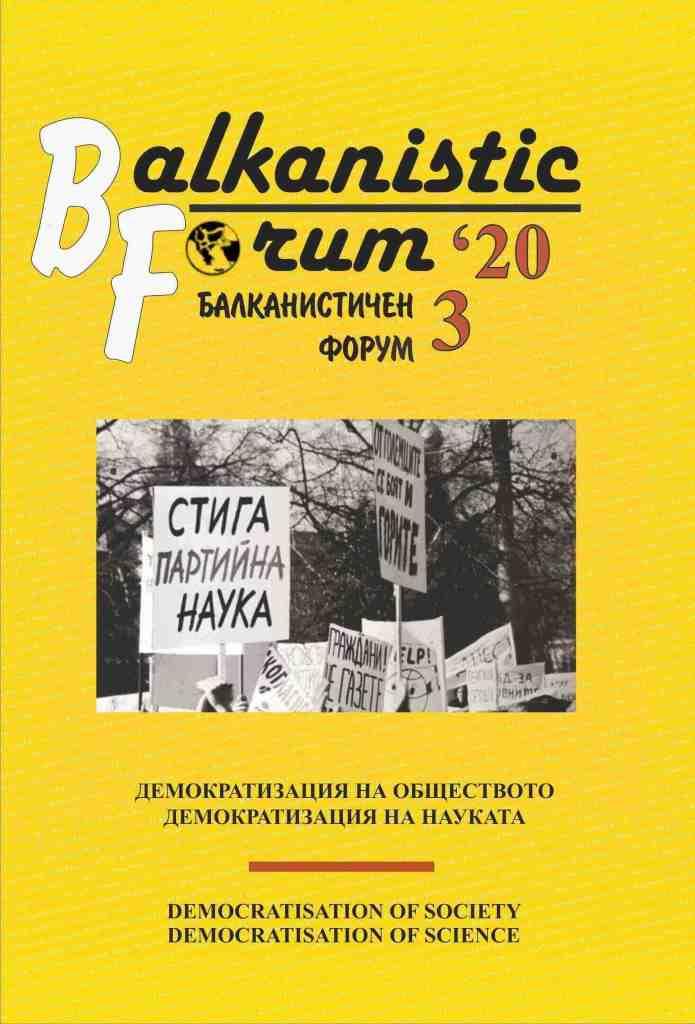
Цял един век в трептящата мрежа от изкуства
The edition of Bratoeva-Darakchieva, Ingeborg; Genova, Irina; Levi, Claire; Spassova-Dikova, Joanna; Stoilova-Doncheva, Teodora; Tasheva, Stela; Traykova, Elka. Bulgarian 20th Century in Arts and Culture. Institute of Art Studies, 2019, ISBN: 978-954-8594-77-6, 632 рр. 333 ill. http://artstudies.bg/books/BG_XX_EN_2019_IIIzk.pdf in Bulgarian and in English in two separate books comes as a result of a collaborative interdisciplinary project supported by the National Science Fund, Bulgaria, which aims to present a general view on the history of arts in Bulgaria during the 20th century. There are specific but also general, parallel intellectual and artistic processes observed in the field of literature, theatre, music, cinema, visual arts and architecture. The accent is put on phenomena related to the modernization of Bulgarian culture and its place in the context of the flexible, dynamic cultural dimensions of modern Europe. The texts are structured in three parts: Under the Sign of Modern Europe (1878–1944), Metamorphoses of Modernity (1945–1989), Challenges in a Time of Transition (1989–2000). Splitting the period into topical parts creates convenience of sharpening the accents related to various “aspects of change” in the development of a particular art and its specific reflections from the point of view of personal and community identity analysed in synchronous or diachronous terms. The marking of such cross nodes (temporal, socio-cultural, institutional, genric, etc.) by following mosaic-chronological principle is conventional and provocative to the traditional idea concerning developmental trends in Bulgarian culture of the past century. The publication is richly illustrated and has an extensive bibliography. It is intended for a wide range of readers. It is evaluated as excellent edition by the National Science Fund, Bulgaria.
More...
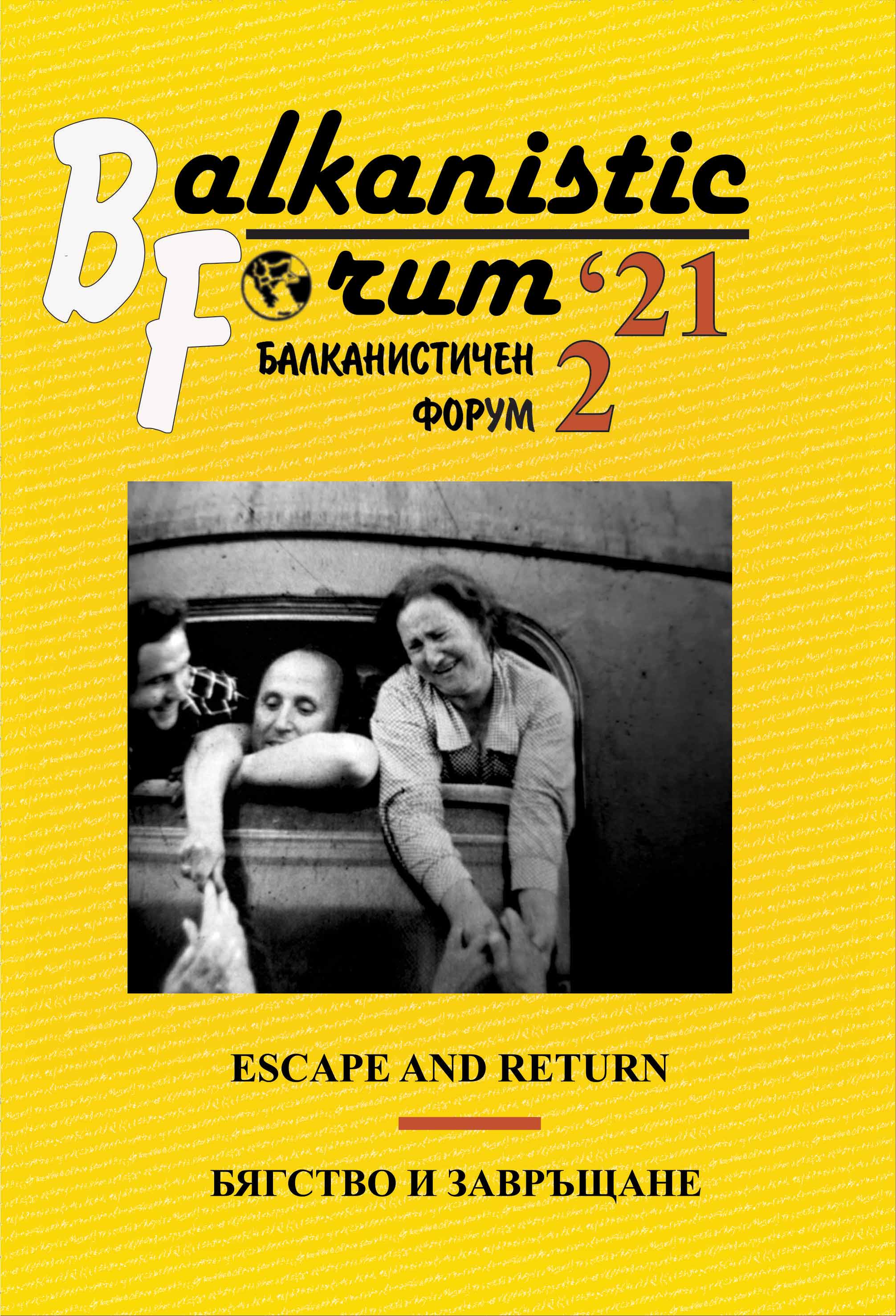

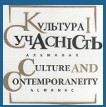
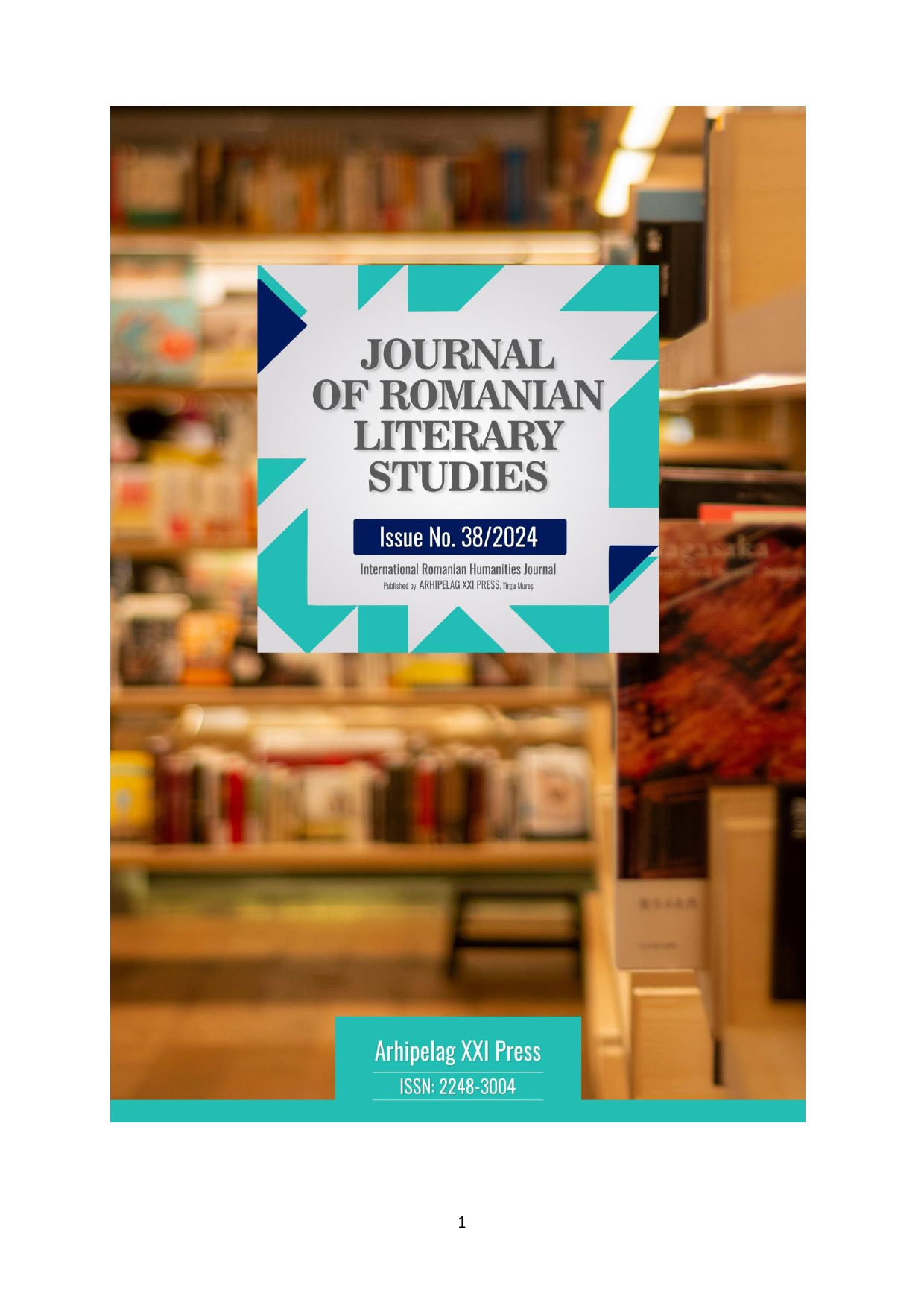
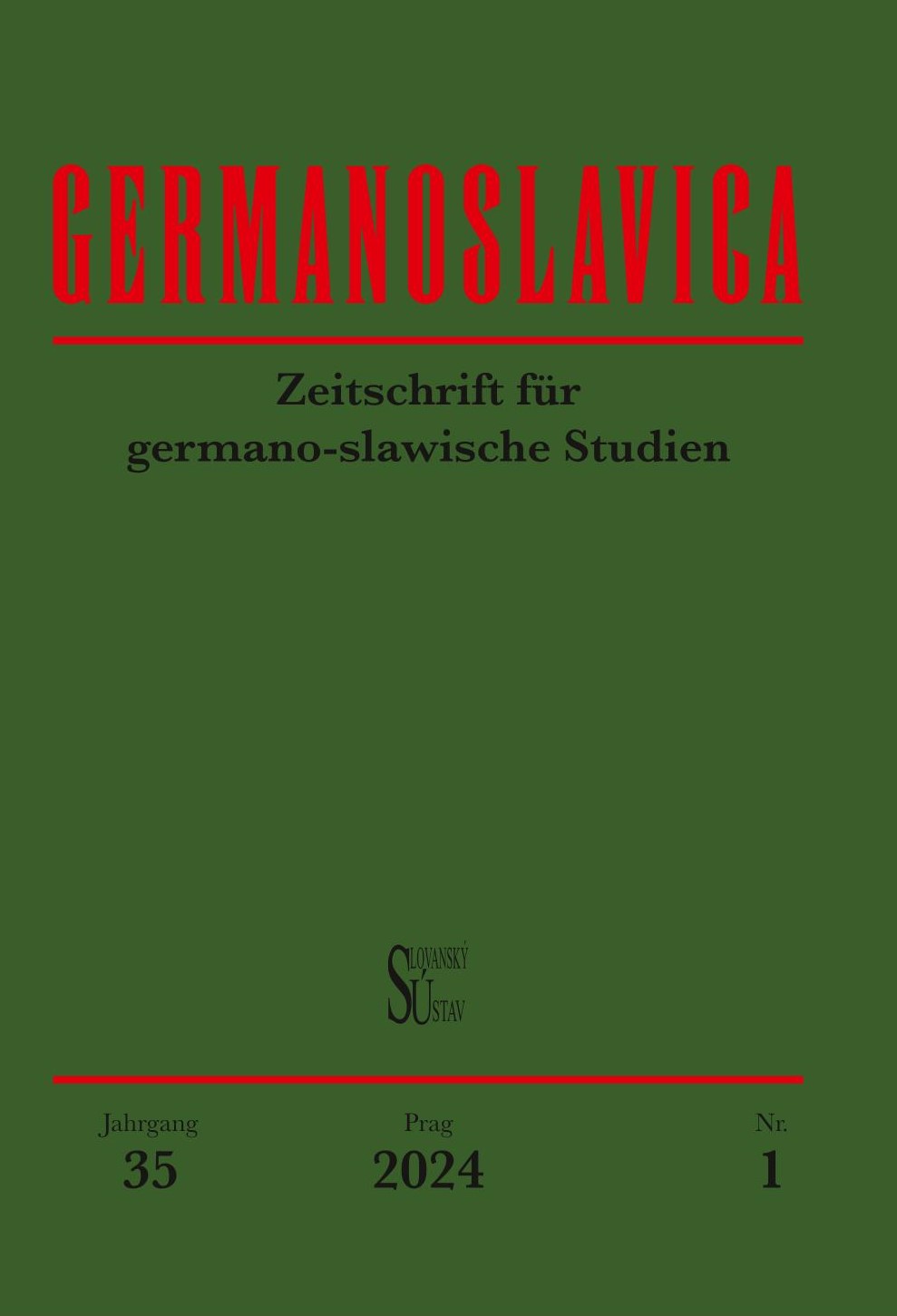


![Umjetničko djelo budućnosti [1849.]](/api/image/getissuecoverimage?id=picture_2024_84966.jpg)
